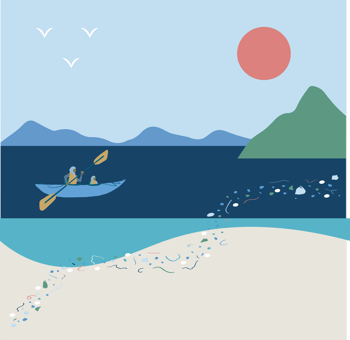
Microplastic Science Educator Guide
$37.99Empower your students to become environmental scientists! Access editable lesson plans, self-guided learning materials and hands-on activities with training videos to sample and analyze microplastics data in the classroom or the field. Invite your students to explore and engage with real-world environmental problem-solving.









